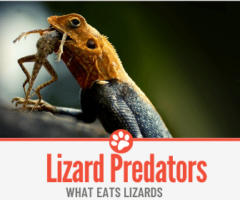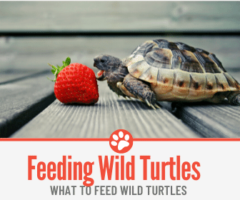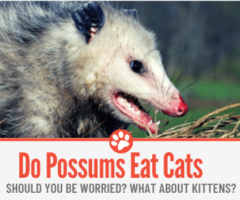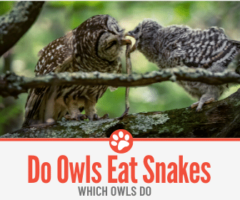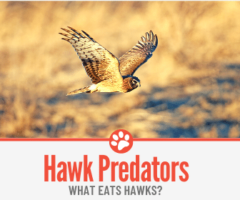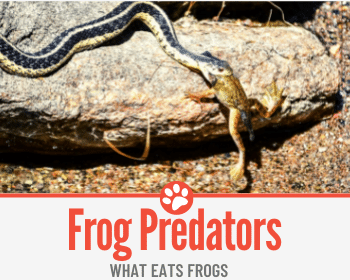 Now that nature has become an ever more important part of our lives, due to the worldwide lockdown, I have been spending a lot more time at our local park.
Now that nature has become an ever more important part of our lives, due to the worldwide lockdown, I have been spending a lot more time at our local park.
At the ponds, we’ve been lucky enough to have spotted a few beautiful frogs.
As a result, I started to question which animals eat frogs?
So, What Eats Frogs?
Frogs are eaten by a wide variety of land-dwelling animals including snakes, lizards, birds and even various small animals like hedgehogs. Once in the water, frogs are not safe, however, numerous water predators enjoy frogs as a snack, including swimming mammals such as water shrews, sharp-toothed fish or diving birds. In short, frogs are an extremely popular food source for many of the world’s predators.
What are frogs’ predators
Dependent on where frogs reside, trees and rainforests, water, marshes, rain forests or deserts will determine their predators. Tree-frogs, for example, are hunted by snakes who have adapted to seek out camouflaged tree frogs by using chemical cues rather than visual ones to hunt their prey.
Although rainforests provide excellent protection from predators for frogs, they also provide an excellent habitat for many of a frog’s key predators. These predators include reptiles and other amphibians, birds, mammals and even tarantulas.
Tarantulas are masters of disguise and utilise hunting strategies that involve silence and stealth, perfect for a noisy rainforest. Water frogs have to consider a large variety of predators including gulls, ducks, weasels, snakes and storks amongst many others.
Marsh frogs are further disadvantaged, as they generally very small, and they have easily identifiable green and black spotted skin, and therefore they are not able to disguise themselves from predators effectively.
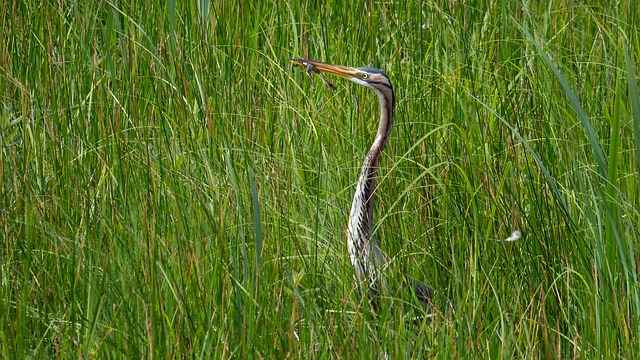
Do birds eat frogs
One of the main predators that frogs have to be wary of are ducks, geese, swans, wading birds, gulls, crows, raven and hawks.
The size of the frog determines the size of the predator that will likely attack it. Large bullfrogs, for example, are safe from most avian predators except for larger birds such as herons.
Most frogs are not able to protect themselves from predatory birds, as their bodies are generally soft in the middle and frogs are not able to move particularly quickly, and they, therefore, cannot make an escape from a bird that is trying to capture them for prey.
Individual frog species have however evolved to protect themselves. For example, the poison dart frogs have developed exceptionally bright coloured skin, and this is used as a warning to their predators that they are not suitable to eat. If the frogs are consumed, then this would likely result in death for the predator as the poisonous skin secretes a potent poison.
Do fish eat frogs
Frogs require wet skin to be able to breathe and so they usually found either in or near water. While being in the water will protect frogs from many land-based predators, this does make frogs more vulnerable to water-based predators.
Fish are the frogs’ main water-based predator and they present a threat to frogs; for example, bass and pikes both enjoy eating frog.
Frogs, unfortunately, are not able to avoid the water as they require moisture in order to survive. Frogs are therefore constantly under threat from predators and therefore they have to adopt ingenious methods of camouflaging themselves and hiding from predators.
Do lizards eat frogs
The prey-predator relationship between frogs and lizards is mutually beneficial. Generally, frogs will only fall victim to very large lizards rather than smaller varieties.
Lizards eat frogs, and frogs also eat lizards. Both lizards and frogs are prevalent in almost every continent in the world, and therefore this prey-predator relationship exists in numerous different habitats.
Monitor lizards have been caught on camera, eating frogs, frogs are thought to likely be a snack for most monitor lizards as monitor lizards are known to eat much larger prey including even large animals such as deers.
Bullfrogs and other larger breeds of frogs can stretch their mouth to a significant size in comparison to their bodies, and therefore they can eat prey, such as lizards, which are as big if not bigger than them.
The relationship between lizards and frogs is an important one as it ensures that both populations are effectively managed. Any decline in either population would likely have a significantly negative impact on the ecosystems in which these species are residing and would impact the others’ survival.
Do big frogs eat little frogs
Frogs are carnivorous amphibians. Carnivorous animals generally only eat meat, rather than a mixed diet of vegetables and meat, like a human. According to a study undertaken by a group of South African scientists, “it seems that frogs if they are in the right place at the right time, will eat anything that moves.”
Frogs will eat their closely related cousins, or they will even eat members of their social group, their siblings.
The reasons for cannibalism amongst certain species of frogs are varied, but some of the key reasons include size, how the specific frog entered the species and a frog’s gape (how wide they can open their mouths).
Size is, of course, a significant predictor of cannibalism because larger frogs are more likely to be able to eat smaller frogs. Frogs that invaded other species, per certain studies, were found to have a higher proportion of frog in their diet in comparison to those who resided in the same species.
Also, a frogs’ gape can play a role in determining a frogs’ effectiveness when it comes to attacking other animals, including frogs.
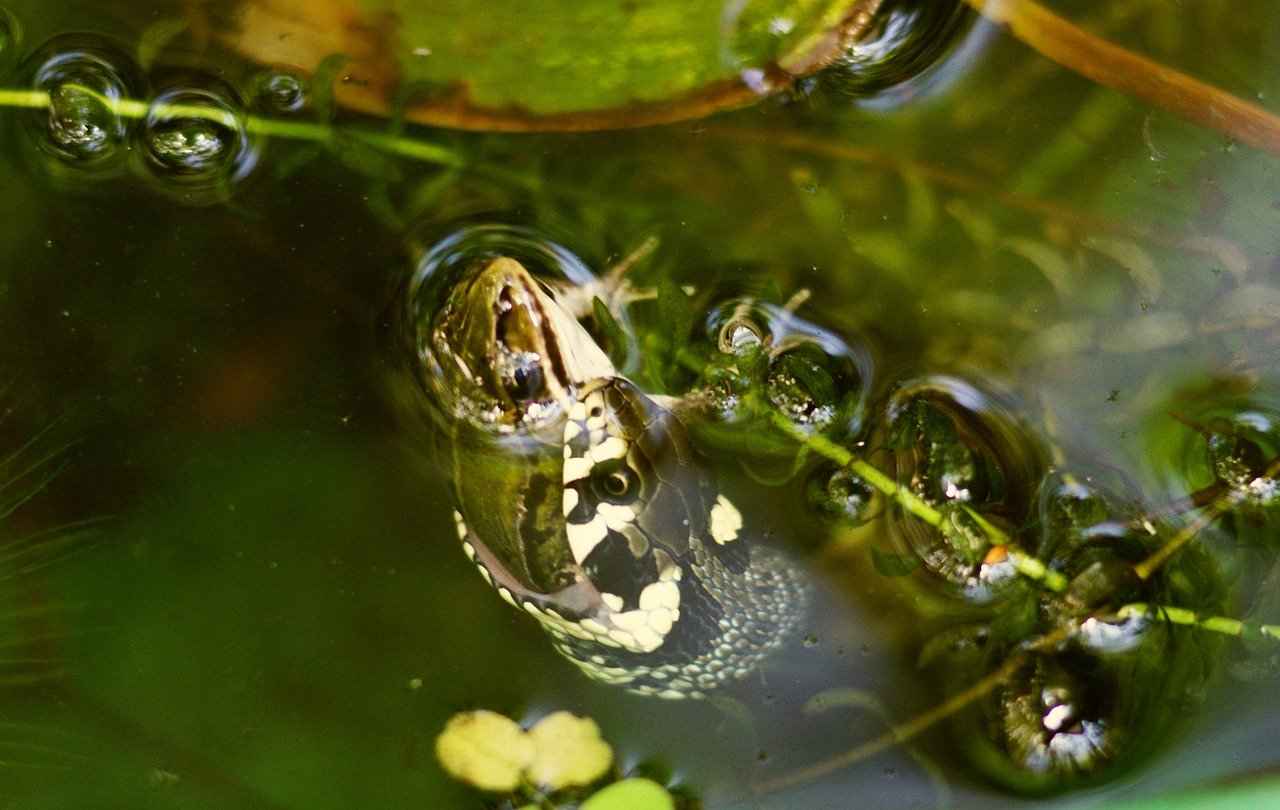
What snakes eat frogs?
Both frogs and snakes inhabit almost every continent of the world, except for Antarctica. For many snakes, frogs are a vital ingredient in their diets. In South America, forest-dwelling snake numbers have been declining, and this is in part due to declining frog numbers in their habitats.
For example, the spotted bush snake as frogs are an essential part of their diet. The spotted bush snake is a tree-dwelling snake which uses its needle-sharp teeth to kill the prey.
The spotted bush snake doesn’t have venom glands, and therefore they have to rely on speed and achieving the right grip on the victim to ensure that there is a successful kill. Frogs’ soft bodies make them the perfect prey for these snakes, as their razor-sharp teeth can penetrate the frogs’ flesh quickly and immobilise the frog for eating.
Interestingly, many frogs eat snakes. For example, it is relatively common to see Australian green tree frogs eating snakes. Specific breeds of frogs can eat snakes that are almost twice their size, they will grab any part of the snake, and they will then asphyxiate the snake using their powerful throat muscles. The snake will, therefore, perish within one to two minutes.
What eats frogs in the rainforest
Rainforest residing frogs are unfortunately at risk of being eaten by a plethora of animals. Snakes are a frogs’ primary concern, but any frogs that are basking near bodies of water will also need to be on guard for alligators and other reptiles including, tiger salamanders and monitor lizards.
Frogs are also an easy target for many avian predators including toucans, owls, hawks, hornbills and in rare cases even eagles. A frog’s anatomy makes them an easy target for birds because they are soft-bellied and usually quite small, so they are easy to hunt without a struggle, and they are easy to carry-off.
There are some frogs, however, that have adapted in order to protect themselves, these include poison dart frog of the Amazon rainforest. The poison dart frog only has one known predator, the fire-bellied snake. The fire-bellied snake has become immune to the poison produced by the Golden Poison Dart frog, and they can eat them without becoming unwell unless the poison is highly toxic.
What eats frogs in the ocean
Frogs do not generally live in saltwater, as saltwater can induce dehydration in frogs. Also, the spread of salt through the frog’s internal system could result in poisoning the frog.
There is one anomaly, to this rule, however, crab-eating frogs. Crab-eating frogs can reduce the amount of water that leaves their skin, and they do this by storing urea and raising the density of their ions, this stops these frogs from becoming dehydrated.
Due to frogs’ general inability to live in saltwater, they do not generally present prey for saltwater-dwelling predators. Frogs, therefore, present themselves as a food source for freshwater predators rather than saltwater.
What eats frogs in the wetlands
Leopard frogs are a common inhabitant of wetlands. Leopard frogs are preyed upon by numerous different animals such as snakes, racoons, other frogs and sometimes even humans. Unlike numerous other frogs they do not produce a poisonous or distasteful skin secretion, and therefore they rely on speed to be able to escape their captors.
While these frogs often find themselves as the prey of larger animals, they also often the predators of such animals including snakes and birds. There was even one recorded case of a leopard frog eating a bat.
Do hawks eat frogs?
Hawks do eat frogs. The red-tailed hawk is, for example, one the most widespread species of hawk, can swoop at a speed of 120 miles per hour, and they are therefore able to descend on their prey before the prey is even aware of the fact that they are about to become a meal.
Frogs are very common prey for hawks as they are generally comparatively small compared to hawks and therefore easy to attack. Furthermore, frogs can be found in numerous different habitats and therefore, no matter where the red-tailed hawk is nesting or hunting, they are generally able to hunt frogs.
What are some other Frog enemies?
Frogs are often the prey for a number of different animals, but their survival is also threatened by other factors such as climate change.
Frogs are ectotherms, and therefore they generate heat from the environment around them, when the temperature changes they need to be able to move to another location to be able to ensure that they were at their optimal temperature. Due to frogs’ inability to move quickly, they will not be able to keep up with the rapidly changing environment.
The destruction of natural habitats, of course, exacerbates the problem of climate change. Also, the destruction of habitats can limit food supplies, and due to a frogs’ inability to move location, concern for their survival is heightened. The lack of food combined with an uninhabitable climate, frogs’ ability to survive is severely threatened.
The consequences of declining frog numbers and amphibian numbers, in general, would have significant adverse effects. In many ecosystems, the number of amphibians outweighs any other specie group.
Amphibians are characterised by their ability to inhabit and exploit both aquatic and terrestrial habitats. For example, in South America, due to a decline in amphibian numbers, there has been an increase in the volume of algae infesting certain water supplies as the frogs are no longer there to eat it.
Related Questions
What can be done to save the global frog populations?
There are several actions that can be taken, which include the reduced use of pesticides, conserving wetland habitats and protecting wooded areas, including forests and rainforests.
You can also support various global charities that are working towards the protection of amphibians in the wild.
Do people still eat frogs?
Frogs are still a very common delicacy in France, the USA, many Asian and South American countries. Humans consumption of frogs is threatening frog numbers which are already under siege due to factors such as environmental decline and disease.
Global governments have started to take action to limit their consumption but there is still work to be done. If this is a cause that you are interested in supporting and if this is an issue in your local area, then we would recommend that you contact your local authority.


